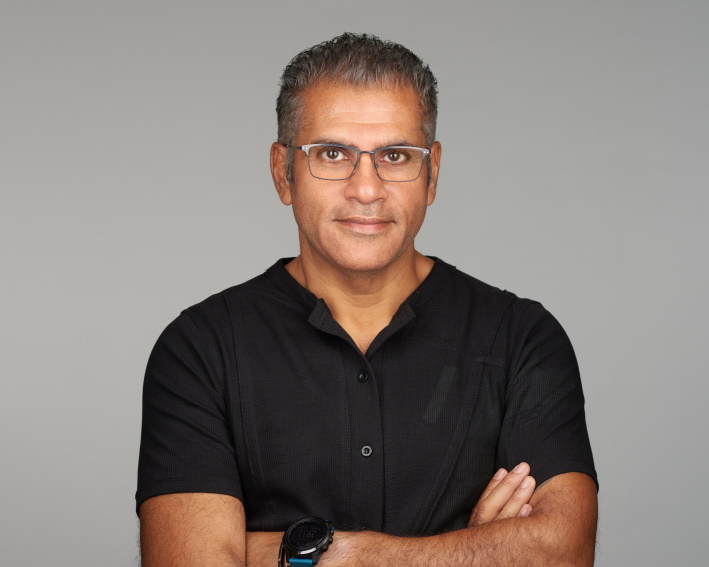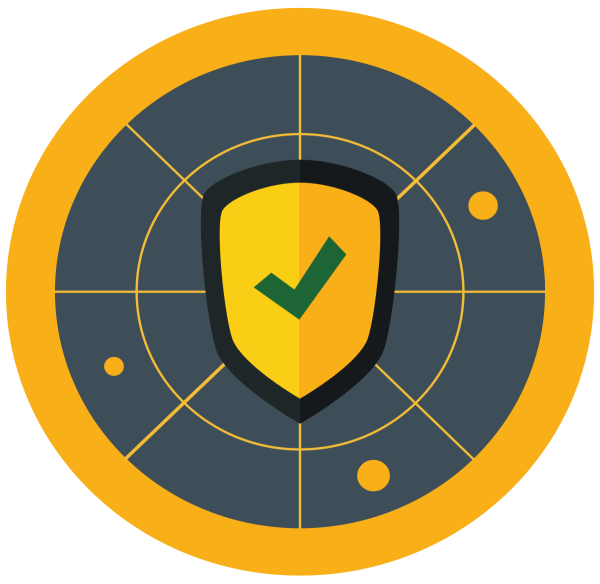Everyday thousands of earthquakes take place around the world; most are minor and only perceptible to the most sensitive of equipment, while the catastrophic few level cities and make headlines. In these cases, every second of advance warning is vital in saving lives. Marrying the best of seismic academic research and technical expertise, the team at SeismicAI are building a SaaS solution on Microsoft Azure to help governments and organizations around the world better prepare for catastrophic earthquakes.
Last week, we sat down with Benny Sasson, Chief Technology Officer for SeismicAI to discover how his experience working for some of the most iconic and not-so iconic startups led him to the most fulfilling and mission driven period of his career.

Where did the inspiration for SeismicAI come from?
Back in 2009, our founder Dr. Habib J. Nasser experienced a minor earthquake at his home in northern Israel. While no major damage was done, the experience shook him and inspired a question. Could you develop a device that detects an earthquake and alerts a community before the destructive waves hit?

What’s the current state of the earthquake detection? Isn’t this historically the domain of public institutions?
You’re right. But that also presents an opportunity. Currently, 20% of the world’s population is at risk of a catastrophic earthquake. Large countries like the United States and Japan have excellent, state-of-the-art systems for early-detection. These systems are ultra-complex and require deep expertise and large-scale infrastructure to support. They are also customized for the specific area. We are providing a scale SaaS approach to the problem allowing us to serve countries who don’t necessarily have the means or expertise to do it themselves.
Can you tell me about your solution?
SeismicAI supports three major areas. The first is detection. We set up a complex grid of high-power sensors deployed over verified faults that allow for seismic detection close to the source. From there our system relays the information as an alert to mobile apps and evacuation sirens or as instructions to automation systems. Finally, we provide a comprehensive map that displays the impact of each location by seismic unit.
How does it work practically speaking?
I will give you a small but concrete example. California lies in a major fault zone. If a catastrophic earthquake hits, estimates tell us that over 12,000 people will lose their lives because they will be stuck in elevators without the ability to get out or be rescued. Our early-notification systems allows enough time for those elevators to immediately stop at the next floor so passengers can safely exit. You can imagine hundreds of other scenarios from shutting down gas mains to getting children out of schools – all orchestrated with the SeismicAI solution.
How is SeismicAI’s approach different?
Our algorithm is what sets us apart. Based on published research papers, we are able to detect the speed, direction and severity of seismic waves in less than 100 milliseconds. Our ability to detect, locate and estimate the impact of a seismic events whether they happen near the seismic stations or 100 miles in the ocean or across a political border is a key and unique capability of our system.
How are you working with Microsoft?
Given the mission-critical nature of what we do the geographic footprint of Microsoft Azure and its extremely high availability was huge factor in our decision to work with Microsoft. As we have expanded our capabilities, the features within Azure AI have allowed us to our scale models. We can develop in one region and quickly apply it to additional areas and regions. Finally, our work is primarily with governments or large NGOs so the regulatory and compliance features built into Azure have made serving those sectors much easier – allowing us to focus on innovating rather than building from scratch.

You were also a part of the Microsoft AI for Good cohort in Israel. How was that experience?
It was great. The team helped us in a ton of different ways. One of the most impactful things they did was help us understand how to tell our story. Rather than focusing just on the technology, they helped us tell our story in a more human and meaningful way. At the end of the day, what we do is about saving lives.
You have worked for a lot of different startups in your career. What is different about Seismic AI?
The other day we were in a meeting discussing the region between the foothills of the Himalaya and New Delhi. 8 million people are at risk of dying in a catastrophic earthquake in that area. Imagine how many people we could help save. Just by providing them with an alarm and an alert. Just getting these people out of buildings and shutting down gas pipes. Two simple things. It can make a huge difference. This is much more inspiring to me than working on a chat app or hotel booking site.

What advice do you have for other entrepreneurs out there?
Most of the startups that I worked with early on were so in love with their idea that they didn’t listen to their customers and ultimately failed. I’ve had the privilege of working for startups that were world class in their space. Across social apps, online gaming and travel apps, I witnessed these companies fall from their leadership position. The common theme was that they failed to be open to what their customers really want. That need to understand that must be taken into account in the product roadmap. It’s important to understand that the product is being built is intended for the end users and not for those building the product.






